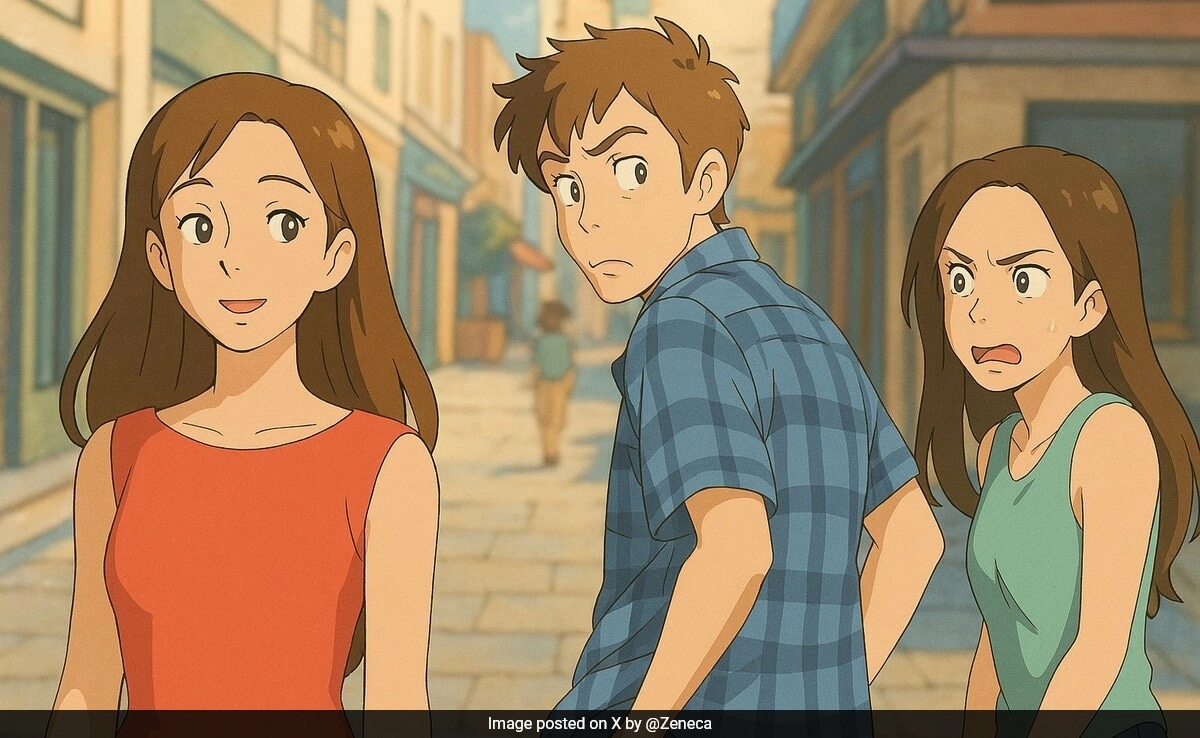In recent times, the rise of AI-generated art has sparked significant discussions and debates, especially when it comes to styles reminiscent of beloved animation studios like Studio Ghibli. While technology has enabled artists and creators to explore new frontiers in creativity, the application of AI in producing artwork that mimics the distinct visual aesthetics of Studio Ghibli has faced backlash on social media platforms. This reaction is largely rooted in concerns regarding originality, authorship, and the potential devaluation of traditional artistic skills.
Critics argue that AI-generated art, particularly that which closely resembles the enchanting styles pioneered by Studio Ghibli, raises ethical questions about intellectual property and the rights of original creators. Fans of the studio, which has a rich history of hand-drawn animation and storytelling, feel a deep connection to the unique artistry that characterizes Ghibli films. The replication of these styles by AI can be perceived as an infringement on the emotional and cultural significance that such art holds. As a result, many artists and enthusiasts are voicing their concerns about how AI art might undermine the hard work and dedication of traditional artists who pour their creativity and passion into their craft.
Additionally, the backlash highlights a broader conversation about the impact of AI on the creative industry as a whole. While some celebrate the advancements in technology as a means to enhance artistic expression, others fear that reliance on AI could lead to a homogenization of art. The distinctive qualities that make Studio Ghibli’s work so cherished are deeply tied to the human experience and the unique perspectives of its artists. As AI continues to evolve, it raises the question of whether art created through algorithms can ever capture the same depth of emotion and storytelling that is evident in hand-crafted pieces.
The debate surrounding Studio Ghibli-style AI art encapsulates the tensions between innovation and tradition, prompting a reflection on the future of creativity in an increasingly digital world. As social media amplifies these conversations, it serves as a platform for artists and fans alike to express their thoughts, concerns, and hopes regarding the relationship between technology and art. Ultimately, the ongoing dialogue will shape how society values artistic expression in the age of artificial intelligence, highlighting the importance of preserving the authenticity and heart behind creative endeavors.




